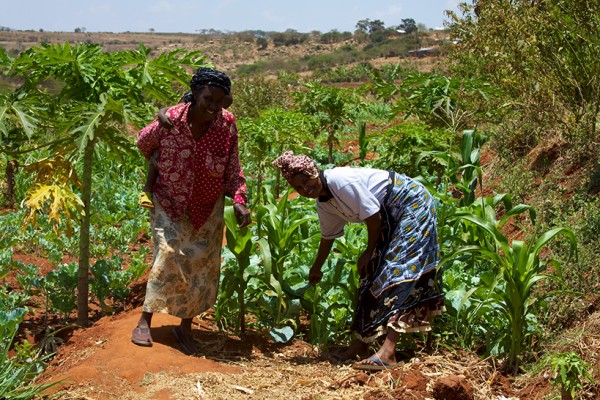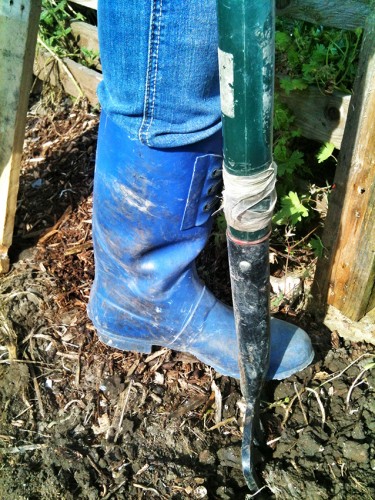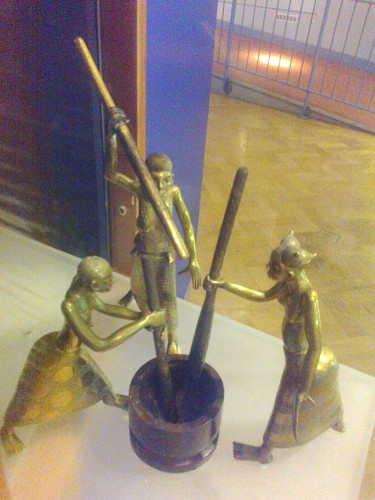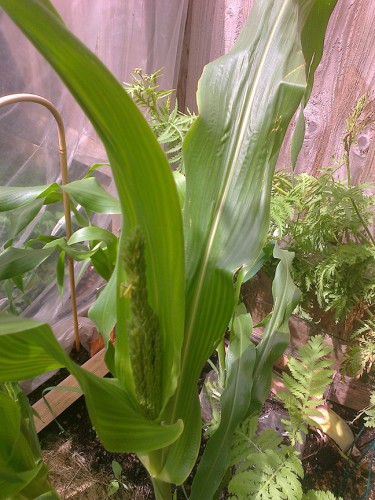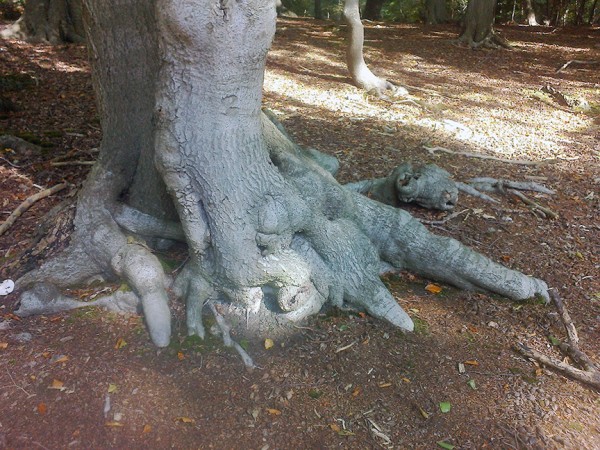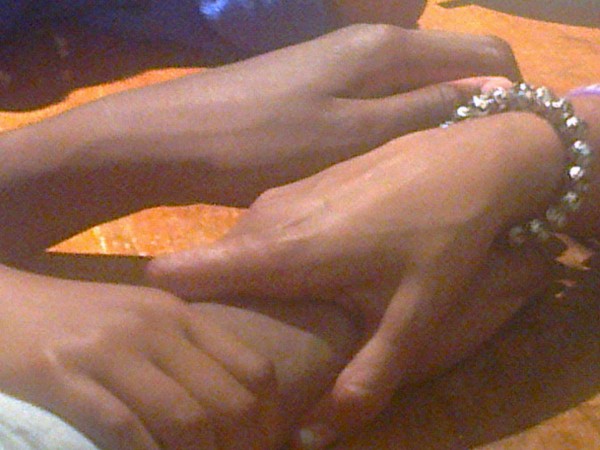by Mama D, Community Centred Knowledge @IndigenousKnow
I am a mother and, in relative terms, recently sourced from the African continent. As a woman, and an African, I am present, but without voice. Most of the time, unseen and unheard. Yet, my essential being represents that which gives, over eternities, but remains unacknowledged. It is also that for which there is no gratitude shown. Just like the soil we walk upon. Such things have consequences.
The first year of the ‘United Nations Decade for People of African Descent’ (2015-2024), is also the ‘United Nations Year of the Soil’ (2015).
I hold this not to be a co-incidence.
These two subjects of United Nations recognition: African people and the soils of Earth, are the twin, invisible presences at the root of much of the world’s prosperity.
There is reason for saying this. The labour and sacrifices of Africans have both directly and indirectly enabled, and fuelled, the productivity of industrial growth and the associated western knowledge revolutions.
For the most part, the same can be said of the poorly understood soil. It has been and continues to be exploited, unreasonably to the point of dissolution and in places, complete disappearance. What shall we call this? Pedocide? Lithocide?
Despite this, global politics continues to take both for granted. Each remains understated as an icon of what is good in the world. The People and produce of Africa, and the soils of the world, continue to contribute to global well-being. It ought to be a matter of global shame that these contributions are still insufficiently charted, documented or taught to the masses.
Such poor recording has led to a great deal of misunderstanding amongst the general populace about the critical importance of a vibrant African people or the healthy soil.
In the absence of knowledge, ignorance festers!
Who, then, will see cause to take steps to address their misinformation? Who will seek out appropriate knowledge and action? Are we too embattled by our own blindness to see our way out of the disasters we thereby create?
This is a pertinent question if we wish to stem the collapse of global well-being as we currently know it.
I am not being dramatic. The language concerning soil loss as 2015 loomed and began has been dramatic. This piece is too short for me to repeat it here.
If we are restless at the mention of food security and climate change, then we had better be fretful of a scenario of disappearing soils. We might well worry also at the loss of the traditional expertise to manage such fragile landscapes. It is especially so where it can be demonstrated that these tradition soil ‘husbandmen’ have proven resilient under oppressive circumstances.
We may be aware of roving corporate capitalism, looking for ever new opportunities to exploit and ravage land and people. La Via Campensina holds a torch for peasant resistances in ‘Latin’ America, Vandana Shiva lights up radicalism in India; for African people during this decade who will ignite the imagination of the world, one which connects all of the indigenous peoples of the globe? In this respect, African growers must be encouraged to share their ways of stewarding the land and their relationship with the soil lore with each other and with growers everywhere and their insights and experiences given recognition for life-affirming connections to be restored. It is good that African Soil Stories form a foundation for the African Story.
There is ancestral, intuitive knowledge, that the clay of my being, so close in colouring to that of the Earth, is a living, walking, and animated being. It is for only a span of a lifetime separated from the dust of the Earth, to perform a sacred, stewardship role.
I am as the soil on the massive surface of this vast organic, living entity. Like a protective cover for a good 30 per cent of the world’s surface. I am a kin to this medium – which ranges, in depth, from a few crumbs – to a few metres. I represent both the living, pulsating potential as well as the parent body that feeds much of what is yielded by the land.
Whist I attended my inner-city, secondary school, we were taught, in science, that soil was one of those things that should be listed under non-living materials.
Soil was to be thought of as dead, inanimate, made from rock, substantially, and so not a thing which breathed, ate, moved or reproduced. How wrong they were!
I felt this in my very bones. From childhood, I had been closely observing my grandmother tend the back-garden soil to produce extraordinary crops with merely the magic of her care. Sweetcorn, squashes and beetroot, carrots, potatoes and calalloo, all emerged from the richly dark, moving substrate; alive with micro-life which seemed to proliferate and creep into areas of garden I thought to be unproductive!
Children, and I was no exception, often use the dark soil of London as a key ingredient of mud ‘pies’. Does it resemble for them the nutritious ‘stew’ that it actually is? I studied the pathways of worms and ants. I loved the squishy and crumbly nature of the London, clayey loams and so I was often to be found digging around the ‘compost tip’ at the top of the garden, marvelling at the transformations taking place there.
Where comfrey grew were buried the foundations of my every present aspiration which were found in the shreddings of notebooks and the remains of Sunday dinner preparation and other ‘house wastes’.
It was from this transformed soil that I was almost literally fed until, late in teenager-hood; I left home to more rural parts of the country to learn the cycles of cows and sheep and the tyranny of tractors.
The Shaman, Malidoma Patrice Some speaks of the ritual immersion of the young person in the red soil of his village, as one of the necessary precursors to manhood amongst the Dagara of West Africa. It is where one gains possession of oneself through transformation. Moving from a burial to a resurrection in which one becomes ‘alive’ to one’s own, divine direction.
So my garden gave birth to me, one who was eventually to travel to the welcoming villages of Africa to discover the importance of interdependence. To learn, sometimes the hard way, of the necessary relationships of each living thing upon another, the impossibility of separation and the fundamental wrongness of living in and from a pathology of independence.
Increasingly what I hear coming out the voice of the Earth is a call to listen to the connecting places, that which is less visible, more silent, barely felt, scarcely sensed. We must re-attune our radars for better receptivity, for what is out there and all around us has lessons for us to both acknowledge and celebrate.
Let this year be the year of our truly seeing what is core to all of us: the African within and without and the soil at our feet. Maybe if we listen carefully enough and become immersed, we will hear and experience our own personal calls to action.
